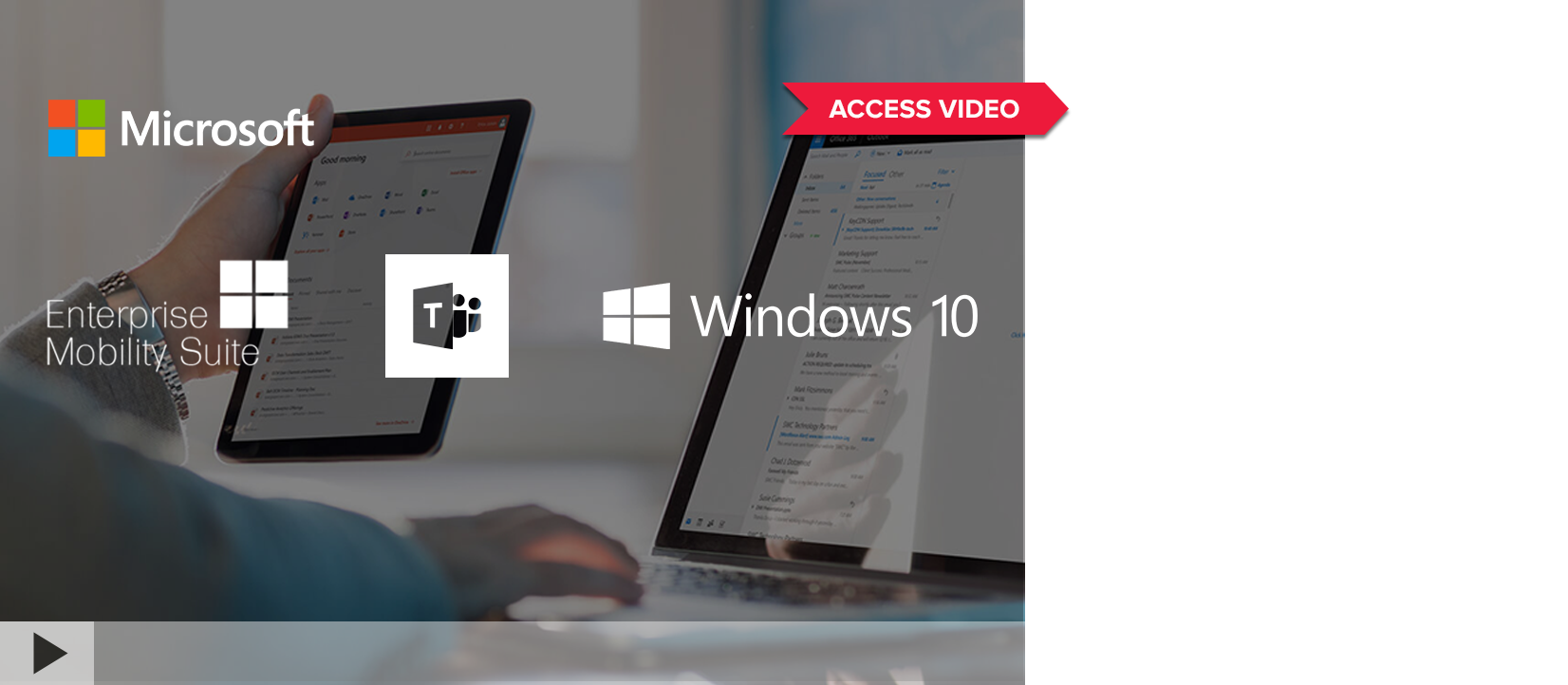5 Reasons a User Enablement & Adoption Plan Is Key to Your Technology Implementation
5 Reasons a User Enablement & Adoption Plan Is Key to Your Technology Implementation
The constant assessment and implementation of new technology in the workplace are creating exciting opportunities for users to work faster and smarter, but it’s also becoming a challenge for most organizations to manage. Companies may spend a lot of time and money selecting and implementing the right technology, but too often what’s missing in these plans is perhaps the most critical component of all – the people.
As the pace of change in the workplace quickens, users are growing increasingly frustrated. Why? Simply put, people don’t like change. Change brings on something new, different, and uncertain. Without building user enablement and adoption strategy into your project plans, companies risk wasting time and money on new technology investments that users will ultimately fail to adopt. Additionally, without input and context for the change, users tend to grow increasingly frustrated with the constant disruption to their day-to-day work lives, leading to a lack of trust in leadership and resistance to future rollouts.
Why You Need a User Enablement and Adoption Plan
In our last blog, we discussed strategies for creating a culture of change. As a quick refresher, here are the 5 Principles of User Enablement and Adoption strategy:

As companies become more dependent on technology, an organizational-wide enablement and adoption strategy is a crucial step that can determine the success or failure of a project. Here are five ways a strategic user enablement and adoption strategy will benefit your business:
1. Drive More Successful Change
As you lead your organization through change, early communication is extremely important for alleviating people’s fears and building confidence in your decisions along the way. Incorporating user enablement and adoption activities such as training, communications, and support, helps move people past their tendency for resistance to ultimately becoming champions of the change.
2. Reduce Project Costs and Risks
Gone are the days where deploying a technology solution is the last step to a successful IT project. Ensuring users are leveraging the solution to their full potential and the business is realizing an actual return on their technology investment is the new measurement of success. Being inclusive and adding support activities to help end-users learn how to leverage a new technology solution will reduce the likelihood of project failure by increasing adoption and ROI.
3. Increase Organizational Buy-in
Technology initiatives tend to be driven by IT, with the users often being the last to know about it. Enablement and adoption strategies help to bring users “in” on the process. When users are engaged and active throughout the duration of the project, they are more ready and willing to adopt the solution from day one, as well as more likely to support future rollouts. This alignment is key to strengthening the relationship between the business and IT.
4. Drive Real Results
A comprehensive enablement and adoption plan will involve understanding how people work by soliciting end-users for input. Once you understand your users, communication around the reasons for the change will be more effective. Additionally, a deep understanding of your workforce and how people work both as individuals and together can inform the actual design and development of the solution itself, helping to drive better business outcomes.
5. Develop a Culture for Change
While every technology initiative is different, the same user enablement and adoption principles can be applied over and over again. By establishing a consistent approach to change, future rollouts will run much more smoothly. An organization that can enable their people to adapt to change more quickly will reap the benefits that come with greater agility and innovation in today’s fast-moving business landscape.
End-user enablement and adoption are often required but finding the time and dedicated team to implement the change can be difficult. At BDO Digital, our Client Experience (CX) team will work with you to understand what is changing in the context of peoples’ jobs and create and execute a tailored plan to ensure maximum adoption and return on technology investment. Contact us to learn more about our approach to cultivating successful technology transformation.


SHARE